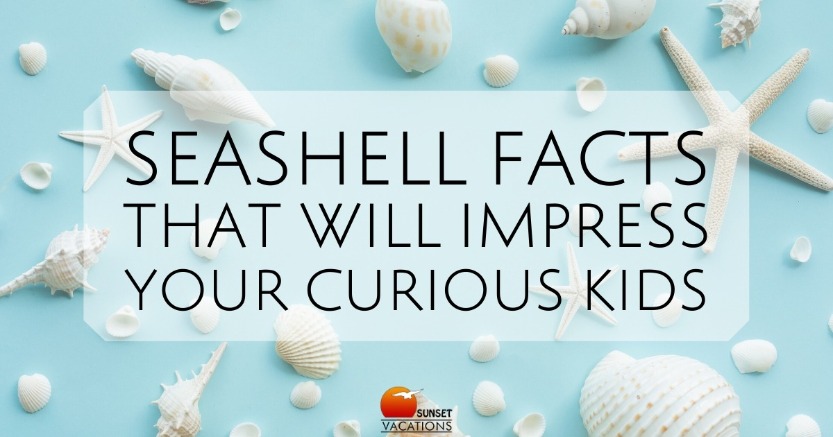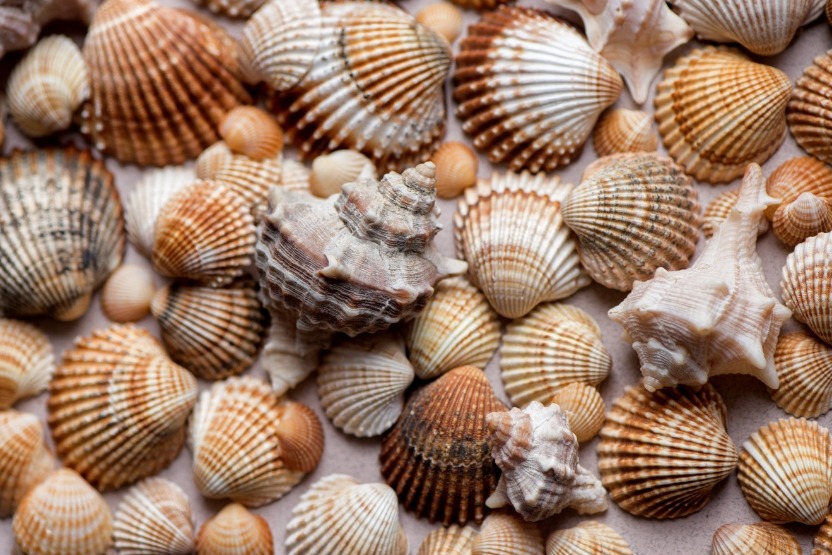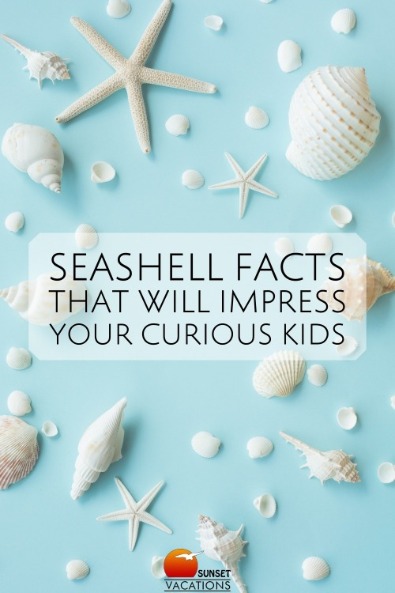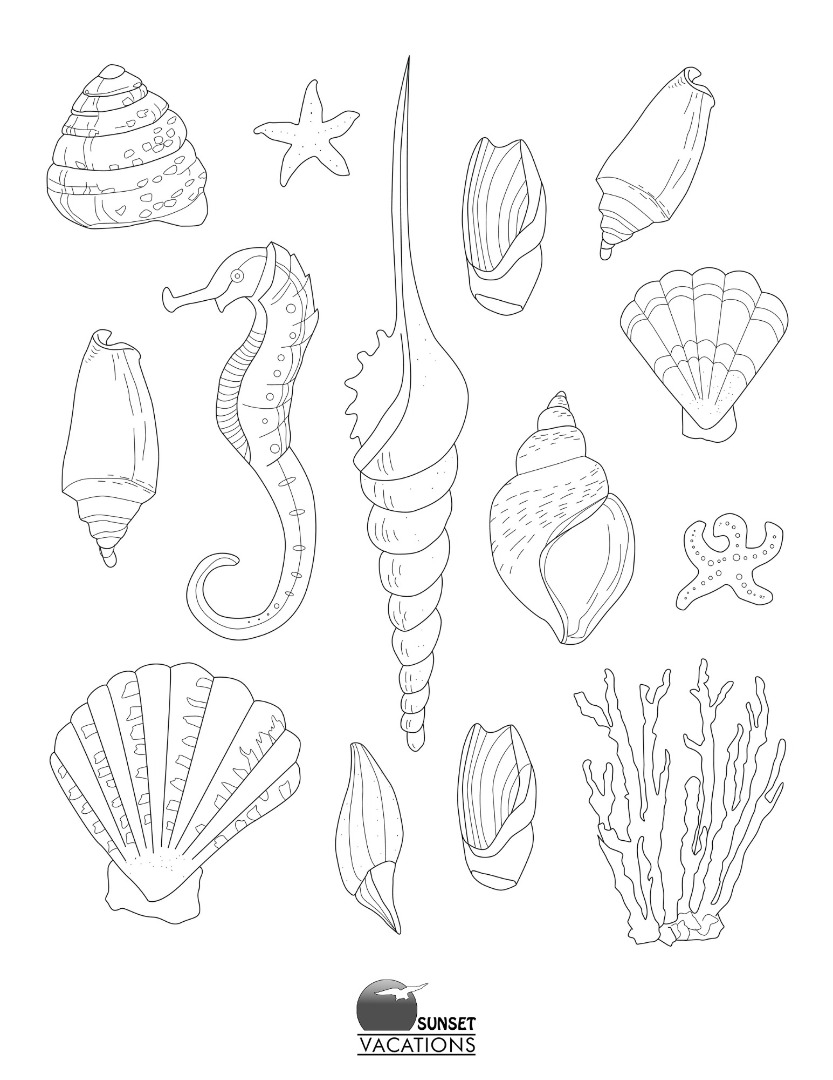Seashell Facts That Will Impress Your Curious Kids

When you vacation at Disney, you bring home a pair of Mickey Mouse ears. When you take a trip to New York City, you remember the trip with an ‘I Love NY” t-shirt. But what about a holiday at the beach? You collect seashells!
Free and ripe for the picking, our shores at Sunset Beach are beautifully dotted with shells of all shapes, sizes and varieties. You can also find sharks teeth, sea stars, and sand dollars if you know where (and how) to look.
Today we will tell you about the shells you can find on Sunset Beach, and we have included a fun Printable that is perfect for adults and kids alike!
Seashell Facts:
Most shells "open" to the right.
90% of shells are dextral, which means their opening is to the right. If you find one that opens to the left... cool! That is super rare. That being said, it's bad news for the animal that lived inside that shell. It's almost impossible for a lefty to mate with a righty (in the shell world, at least).
Shells are homes for mollusks (but not all mollusks use a shell).
Mollusks are invertebrates (that's right, they have no backbone). So, they use their shell as protection. Animals like the octopus and squid are also mollusks, but they do not have a shell. They have other adaptations, like speed, ink, and intelligence on their side. That's more than can be said for your average clam.
No need for a U-Haul... Mollusks never move!
Well, they move around the ocean as much as they are able, but they only live in one shell for their entire lives. This shell is actually an exoskeleton, made of proteins and calcium carbonate. It grows as the animal grows!
Seashell collecting is not a new concept.
In fact, archaeologists found what is thought to be the first seashell collection in the ruins of the ancient city of Pompei, dating back to 74 AD!
The North Carolina state shell is the scotch bonnet.
These delicate shells earned their name due to their resemblance of a traditional Scottish woolen cap. You aren't very likely to find one near Sunset Beach, since they tend to prefer areas closer to the Outer Banks. If you do find one, consider yourself very lucky! Scotch bonnets are interesting because they actually eat sand dollars.
There are over 100,000 varieties of mollusks.
These include snails, clams, mussels, scallops, oysters, and more.
Clean your shells for display.
Once you get home with your haul, you can soak your shells in a 50/50 solution of bleach and water for several hours. This will dissolve algae, dirt, and general smelliness.
Shells will dissolve in vinegar.
Learn how to do it (and why it happens) in our blog, "What Happens When Beach and Science Meet? Easy Experiments Kids Love".
The official term for a shell collector is "conchologist".
This means you both collect and study shells!
You can guess the age of a seashell.
According to sciencing.com, a scallop, for example, produces about a ridge per day. So, if you can count the number of ridges, you can tell how old the shell might be. Read how to do it here.
The largest seashell is the Australian Trumpet.
It can weigh up to 40 lbs., and are created by gigantic sea snails. Can you imagine finding one of those on the beach?

Finding shells on Sunset Beach:
The best time to look for shells is after a storm.
Also, look early in the morning or later in the evening (especially an hour before or after low tide).
There are often treasures right beneath the surface.
Don’t be afraid to get your feet wet and dig around a little big, especially after low tide.
Visit Bird Island (find out how, here)
Because it is "the beach less traveled", shells are found in greater quantity on Bird Island. Plus, it's a pretty walk! Here, you are more likely to find sand dollars (which aren't technically shells, but they are super cool and beautiful!).
There are several varieties of shells you are likely to find on Sunset Beach
These include the elusive Scotch Bonnet, Coquina Clam, Banded Tulip, Lightning Whelk, Atlantic Bay Scallop, Olive Shells, Horseshoe Crab Shells, and Moon Snails
Some years are better than others
Don't be too disappointed if you don't find many shells when you visit! Our beaches have good days and bad days, good years and not so good years. Just keep looking! Or come back and try again next year.
Print and Enjoy this Fun Ocean Printable!
Can you identify each one?
Click here to download & print.

Have you found shells on Sunset Beach?
Here are some fun crafty ideas for your treasures!











